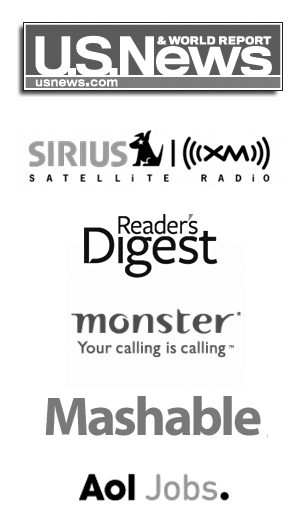Did you know that working can be risky business? In 2012, there were 3 million non-fatal workplace injuries in the private sector requiring at least one day off of work. The following year, there were over 4,400 workplace fatalities. It is enough to cause one to think twice about the risks involved in taking a job. At least, it should be.
Some lines of work are inherently more hazardous than others. If you work at a nuclear plant, and are the one assigned to investigate a mysterious leak, your job is more dangerous than an office worker in a cubical. Likewise, a construction worker takes on more risk than an accountant.
Here is how to make risk assessment a part of your future job searches:
Ask About the Safety Quotient
Safety Quotient is a term representing the risk assessment process used to make the workplace safer. A company using this type of system to pre-hire, develop current employees, and track data obviously knows they are higher risk than most.
While their interest is making sure you have the proper tools and training to be safe on the job, there is no reason that during the interview, you cannot ask them about their own safety quotient. It can be instructive to know precisely how injury-prone a company is before you sign on.
The assessment works both ways. They need to know if you have the right mix of skills and personality to be safe in a hazardous environment. You need to know if they have the commitment and best practices in place to ensure the health and safety of their workforce. If accidents are routine at a company into which your are inquiring, you need to make that a part of your judgement about taking that particular job.
Do Your Own Safety Inspection
Before signing on the dotted line, do your own informal safety inspection. When you are getting a tour of the plant, take note of any safety violations you happen to see. Get a feel for how lax the company might be about day to day practices. All companies preach safety in the handbook. But that does not always translate to activity in the field.
Even if you are the most careful person in the world, it will make little difference if your supervisors and coworkers do not take safety as seriously as you do. It is a little like driving on the freeway. Doing everything perfectly offers little protection against a drunk driver plowing an uncertain path at 90 miles per hour. In a hazardous work environment, safety is as much about the people who have your back.
Insist on Compliance
Once you have accepted the job, do not allow your diligence to lapse. No one wants to be considered the troublemaker, especially the new guy. But matters of safety rise above office compliance in every industry.
A new-hire at the Walmart deli has just as much right to a proper slip-free mat to stand on as a construction worker has to a hardhat. Allowing the little things to slip establishes a pattern of your compliance to the company’s non-compliance.
Fearing reprisal from the boss is a poor reason to let safety infractions go unreported. The second worst thing that could happen is that you lose your job unfairly. The worst thing is that you keep the job and wind up as an injury statistic, or worse. There is always another job. There is only one you.








